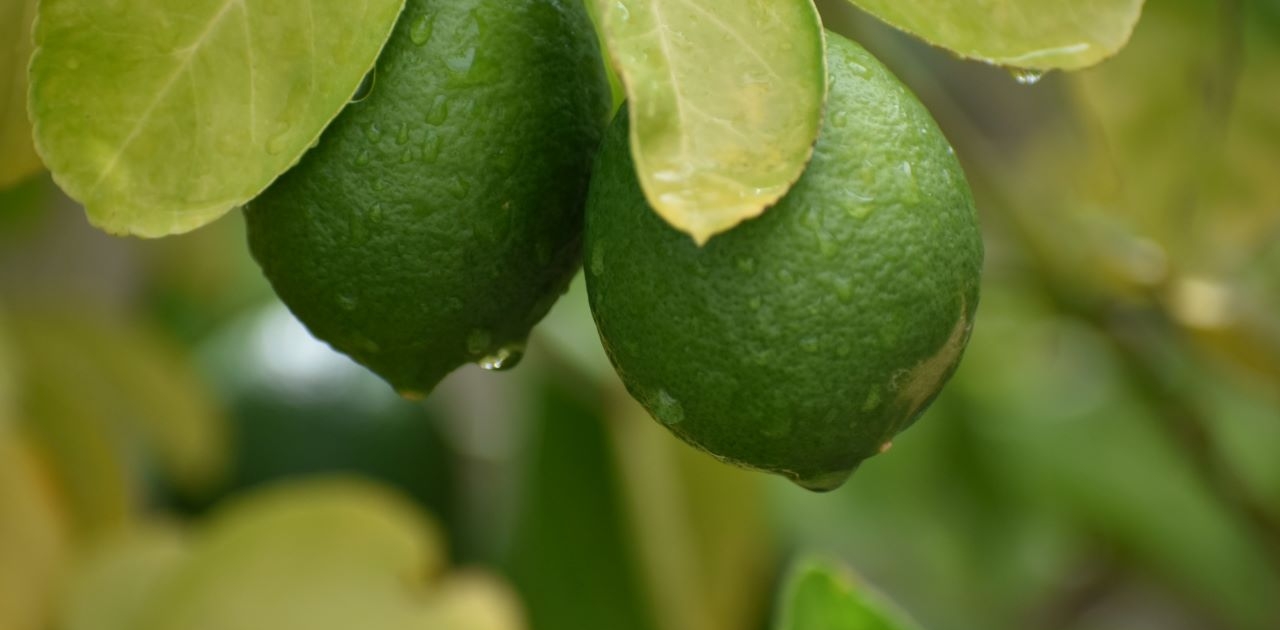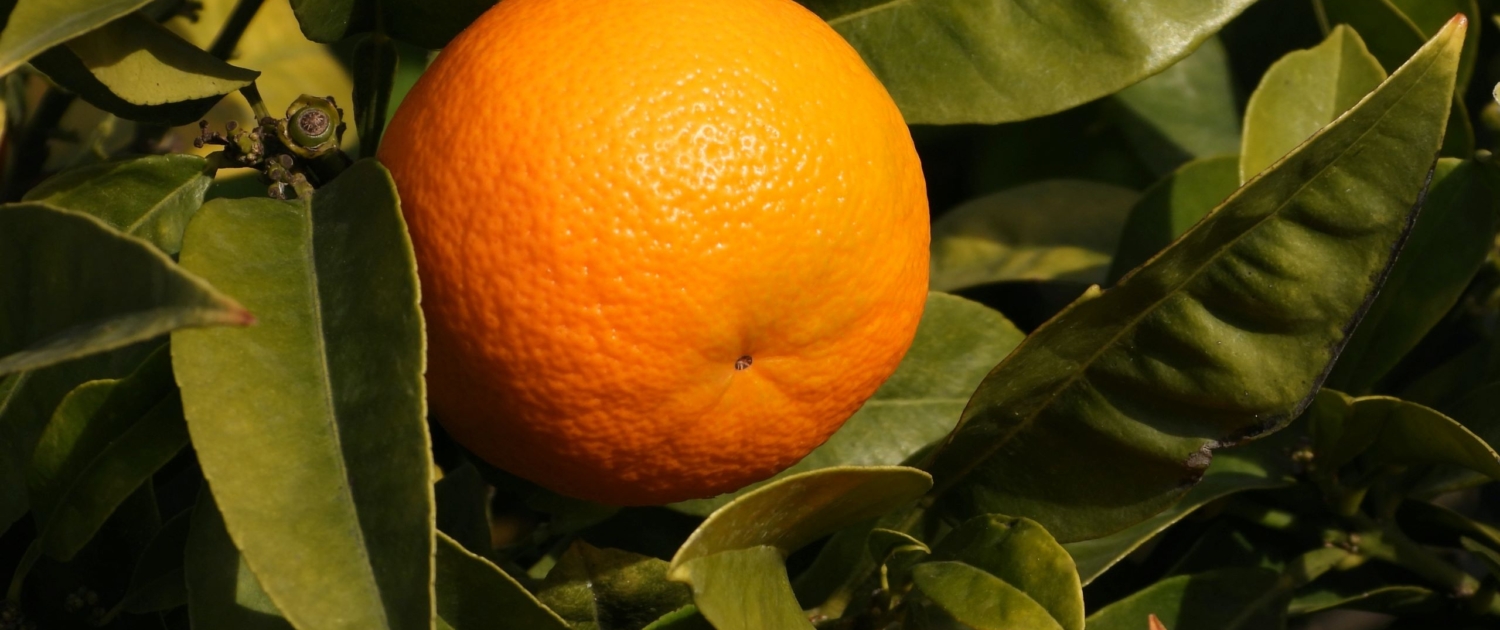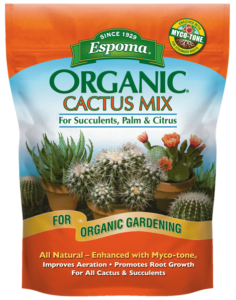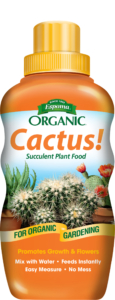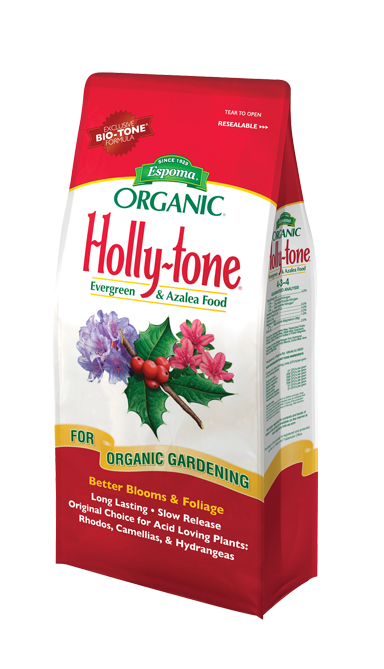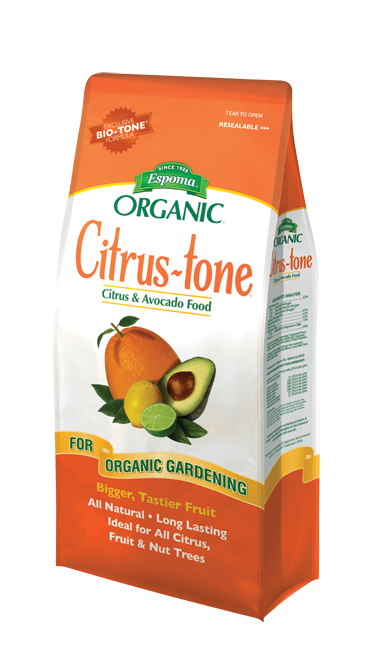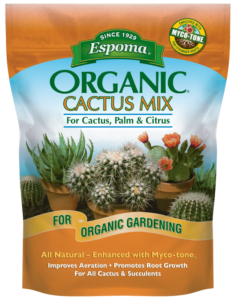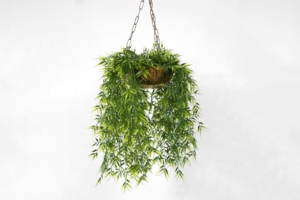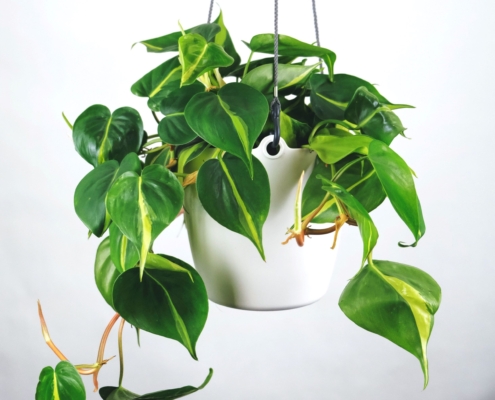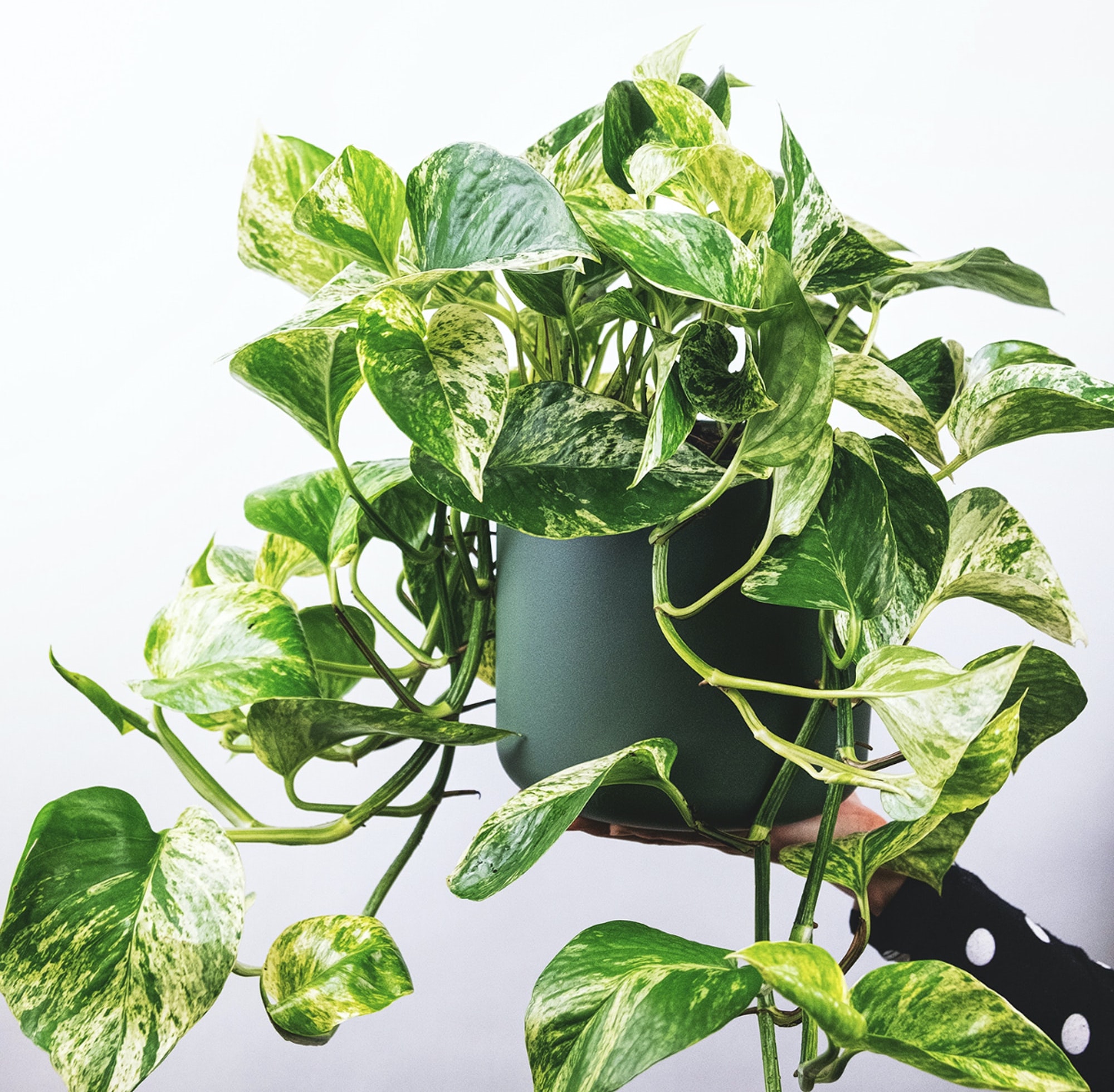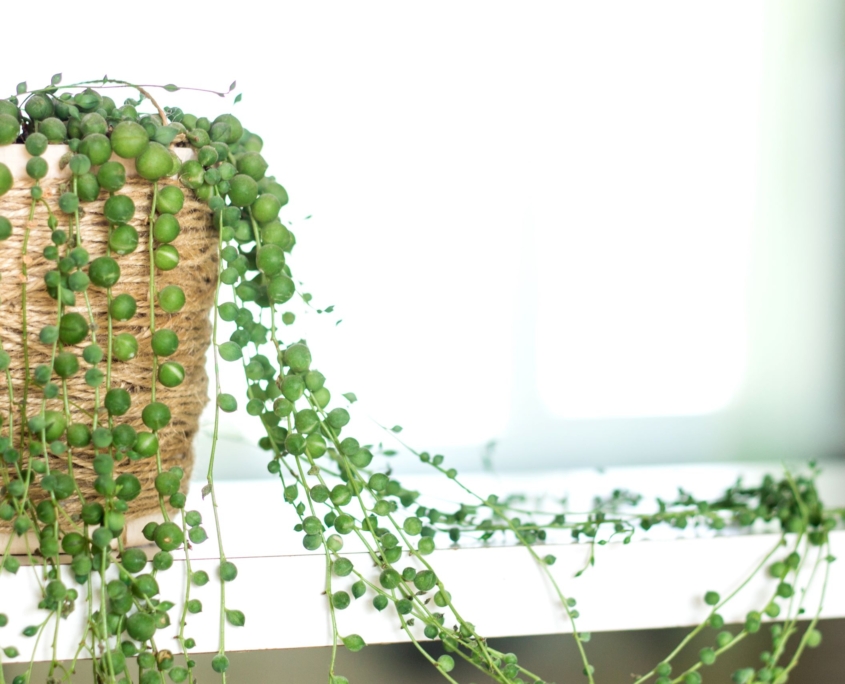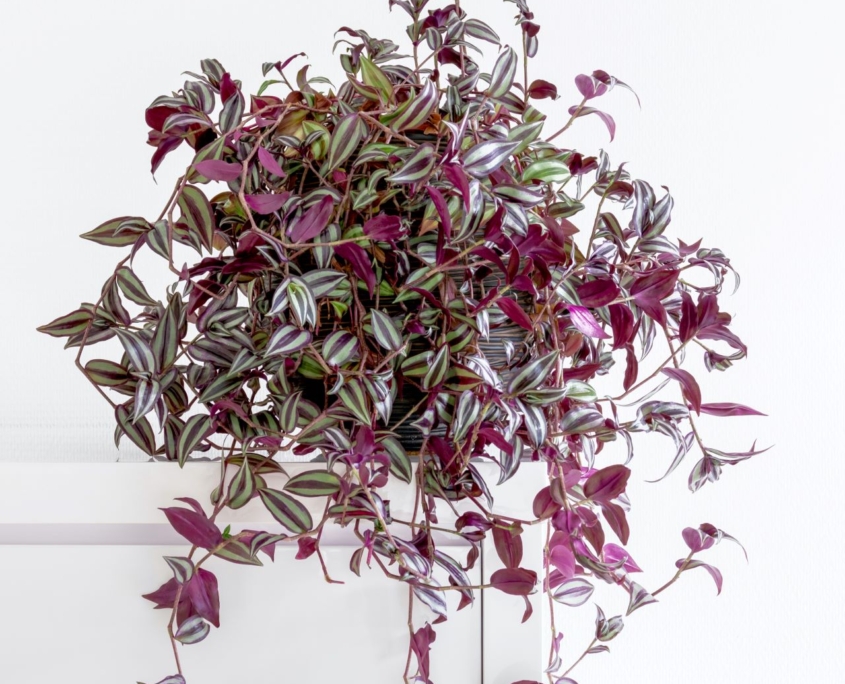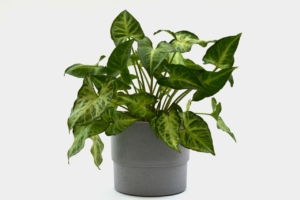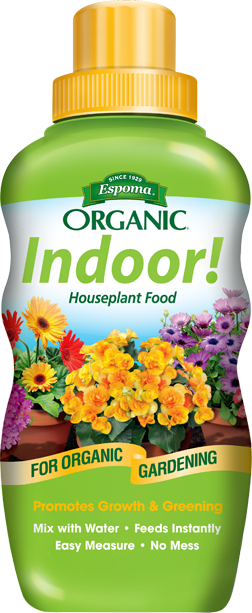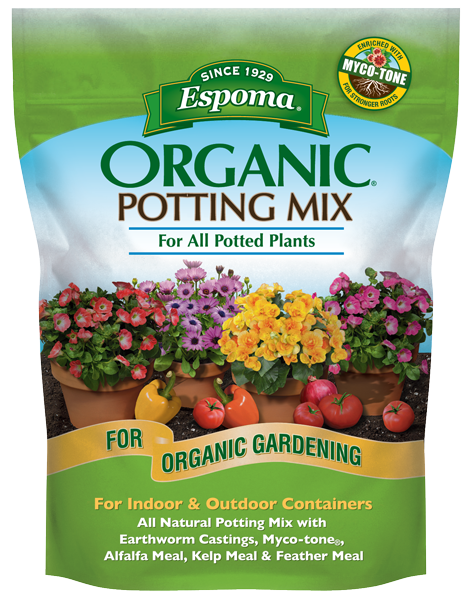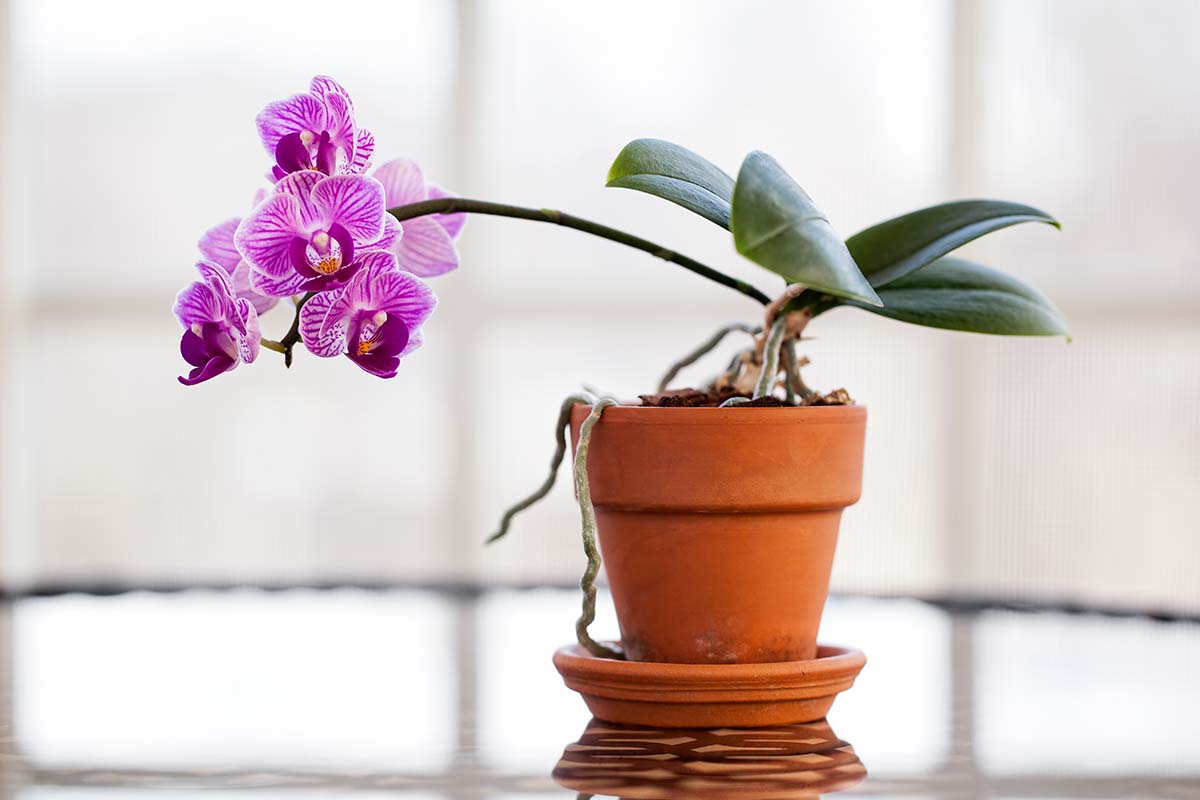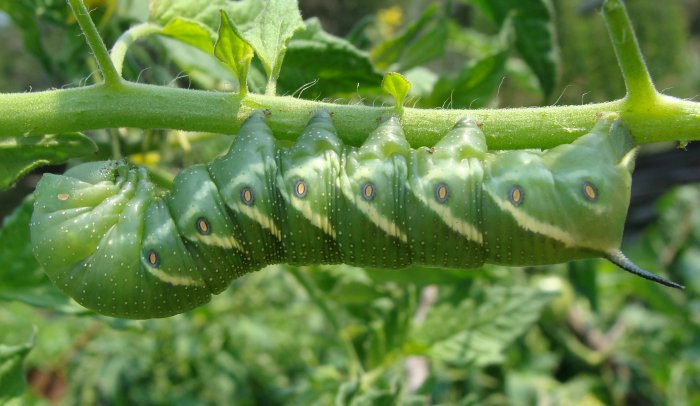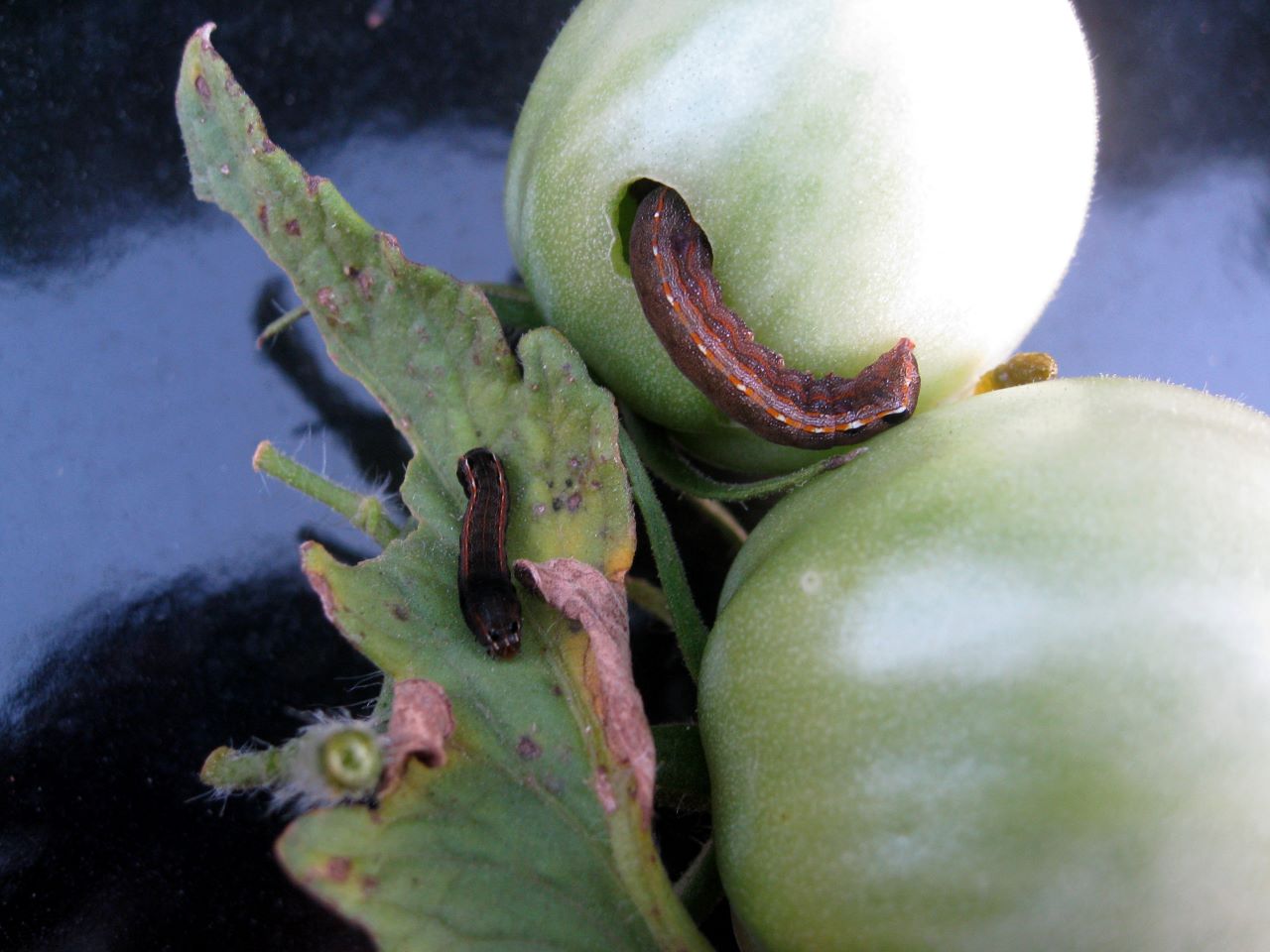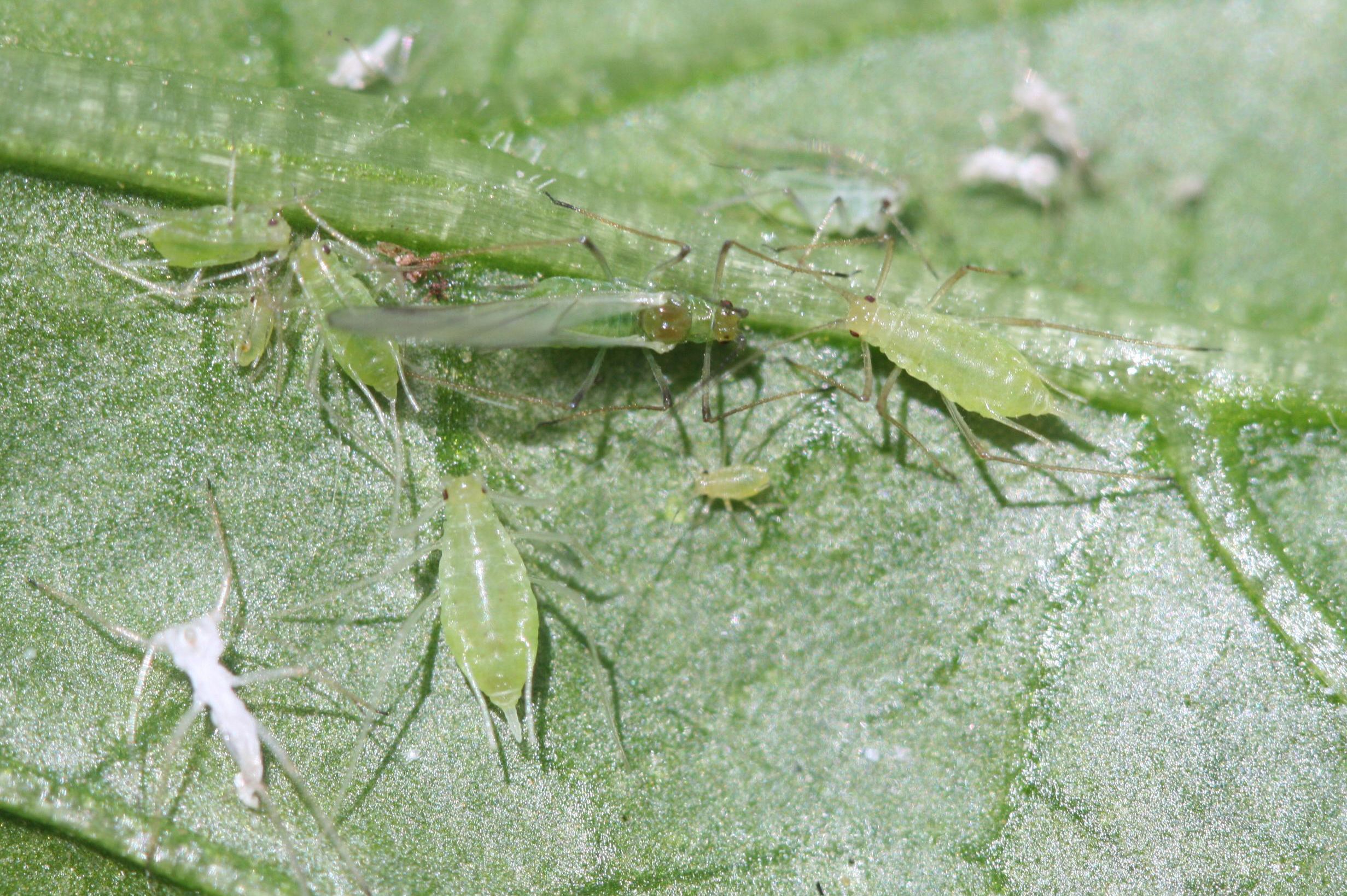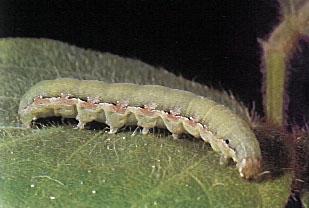How to Grow Citrus Fruit Indoors
Have you always appreciated citrus trees but felt that growing your own would be too much work? As it turns out, growing citrus indoors is actually fairly simple! The plant itself can be a beautiful accent piece in a room, and the indulging scent its white blossoms produce is enjoyable for everyone. Not to mention that taking good care of your citrus tree means you eventually get to enjoy the fruits of your labor! Here’s how to do it.
Water
Citrus plants don’t like to sit in wet soil, but they don’t like to totally dry out either. This is why it’s important to plant them in a well-balanced soil like Espoma’s Cactus Mix. Be sure to check the top few inches every few days until you figure out the best watering schedule. Generally speaking, it should be about once a week.
Sunlight
Your citrus tree will require 8 to 12 hours of sunlight each day. This means you should try to situate it near a south facing window or supplement with an indoor grow light if necessary.
Fertilizer
Citrus trees that live in pots require regular feedings every 2 to 4 weeks as some of the nutrients are washed out with regular watering. And what you feed your citrus trees can often determine the taste of its eventual fruit! That’s why Espoma’s Citrus! Organic Fertilizer is specially made to address the needs of citrus plants and help you grow some of your tastiest fruit yet.
Bonus Tip:
These plants like temperatures between 55 and 85 degrees and dislike sudden shifts in temperature. Try to avoid placing it near chilly drafts and space heaters to keep them in their ideal environment.
*****
Now that you know all about raising your citrus tree from seedling to fruit, the possibilities are endless! Whether you choose lemon, lime, orange, or any other citrus variety, these tips are sure to help you reach your indoor gardening goals.
Featured Products:


